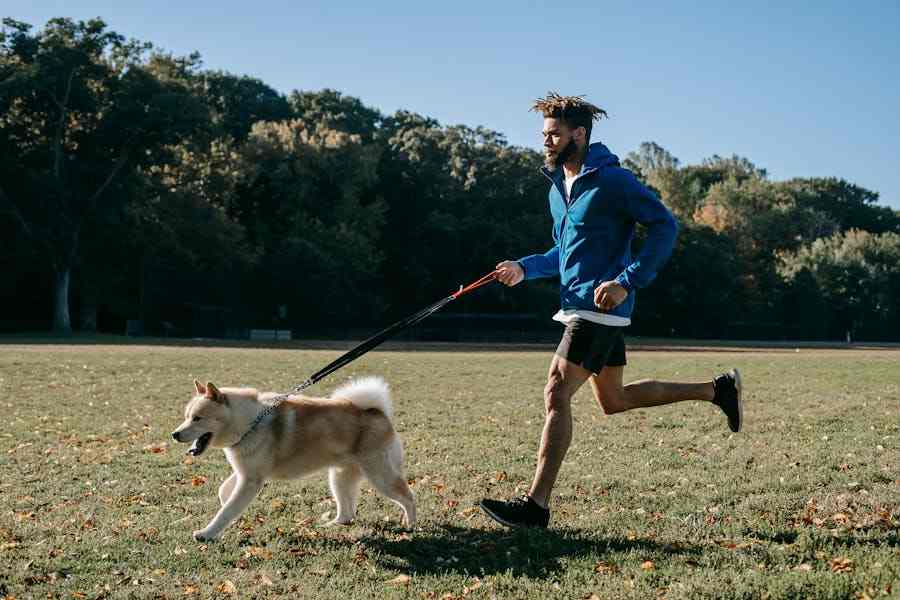Bite prevention is a core aspect of responsible dog ownership. The aftermath of an injury from a bite can be challenging not only on the physical level but also emotionally and mentally. The fallout includes the stress that a dog who bites a human endures, as their health and immunity are affected by biting as well. With dog bites, prevention should always be the primary goal.
Bite Prevention As A Byproduct Of Proper Training
Proper dog training leads to bite prevention. Training prioritizes the safety and security of the dogs, as well as all animals and humans the dog shares space with. Proper training gives dogs the skills to socialize appropriately, which includes reducing the risk of bites through training that reinforces inhibition. This training is a proven deterrent against behaviors that lead to bites.
Training Objectives That Encourage Bite Prevention
When talking about proper training, the methods that have been proven to stop bites before they start should be the focus. Each methodology has its own set of objectives aside from bite prevention, but that increases the likelihood that bites will be prevented. The goals associated with these training objectives should be what every responsible dog owner aims for.
Training for Socialization
An important aspect of dog training is socialization. Since dogs are highly social, they must learn to share space with humans and other animals without incident. This training yields the best results when dogs begin as puppies. Socialization training helps to reduce fear-based reactions, develop feelings of confidence and security, and enforce proper boundaries.
Dogs should be introduced to an array of social stimuli as puppies. Dogs trained as puppies tend to remember training lessons for their whole life. Other animals, sights, sounds, and smells are all sources of stimuli that puppies must be trained to coexist with. Gradual exposure and positive reinforcement help puppies transition into calm and confident full-grown dogs.
Obedience Training
Obedience training is a cornerstone of raising a dog. It establishes a foundation for good manners and strengthens the bond between dogs and their owners. “Sit,” “stay,” “come,” and “leave it” are fundamental commands that more advanced training successes are built upon. These are the commands that empower owners to manage and redirect their dog’s behaviors.
When seeking to instill discipline, develop trust, and establish yourself as the pack leader, you’ll need to train your dog to obey. Teaching your dog to obey your commands keeps dogs safe from others and themselves, and keeps other dogs and humans safe from your dog. It’s one of the best steps for prevention.
Bite Inhibition Training
Bite inhibition focuses on teaching a dog to control the pressure of its bite. This teaches dogs what sort of bites are and aren’t appropriate. The payoff of this skill comes when preventing injuries during play scenarios and other moments of excitement. This training begins with using positive reinforcement to teach puppies how to be gentle with their mouths and teeth.
Signals like yelps and other high-pitched sounds let puppies know when they’re biting too hard or playing too rough. When done consistently, this response helps condition puppies to be mindful of the power of their bite.
Desensitization and Counterconditioning Techniques
Desensitization and counterconditioning focus on managing fear, anxiety, and aggression in dogs. By exposing dogs to stimuli at a measured pace, reactions that would otherwise be negative can gradually be diffused. This is done by presenting them with a treat, play, or praise when they don’t respond in an overly excited way. Eventually, the stimulus won’t phase them.
Monitoring And Managing Dog Behaviors
Real-time management of a dog’s behavior plays a key role in bite prevention. When unfamiliar humans and animals are nearby, dog owners must be vigilant. Tools like gates, leashes, and muzzles can be used to ensure safety for everyone.
Monitoring dog behavior enables successful interventions to take place when dogs express discomfort. Monitoring allows owners to successfully intervene before dogs feel as though they need to act assertively when they sense a potential conflict.
Continuing Education
Every day, talented trainers and animal behavioral specialists are advancing what we know about dog behavior. Through their work and research, new insights that can be added to dog bite prevention techniques are constantly being discovered.
Owners can access various resources to stay informed about the latest insights. Social media outlets like Reddit and YouTube are full of content on the matter. Local libraries and veterinary clinics are also time-honored, proven valuable resources.

